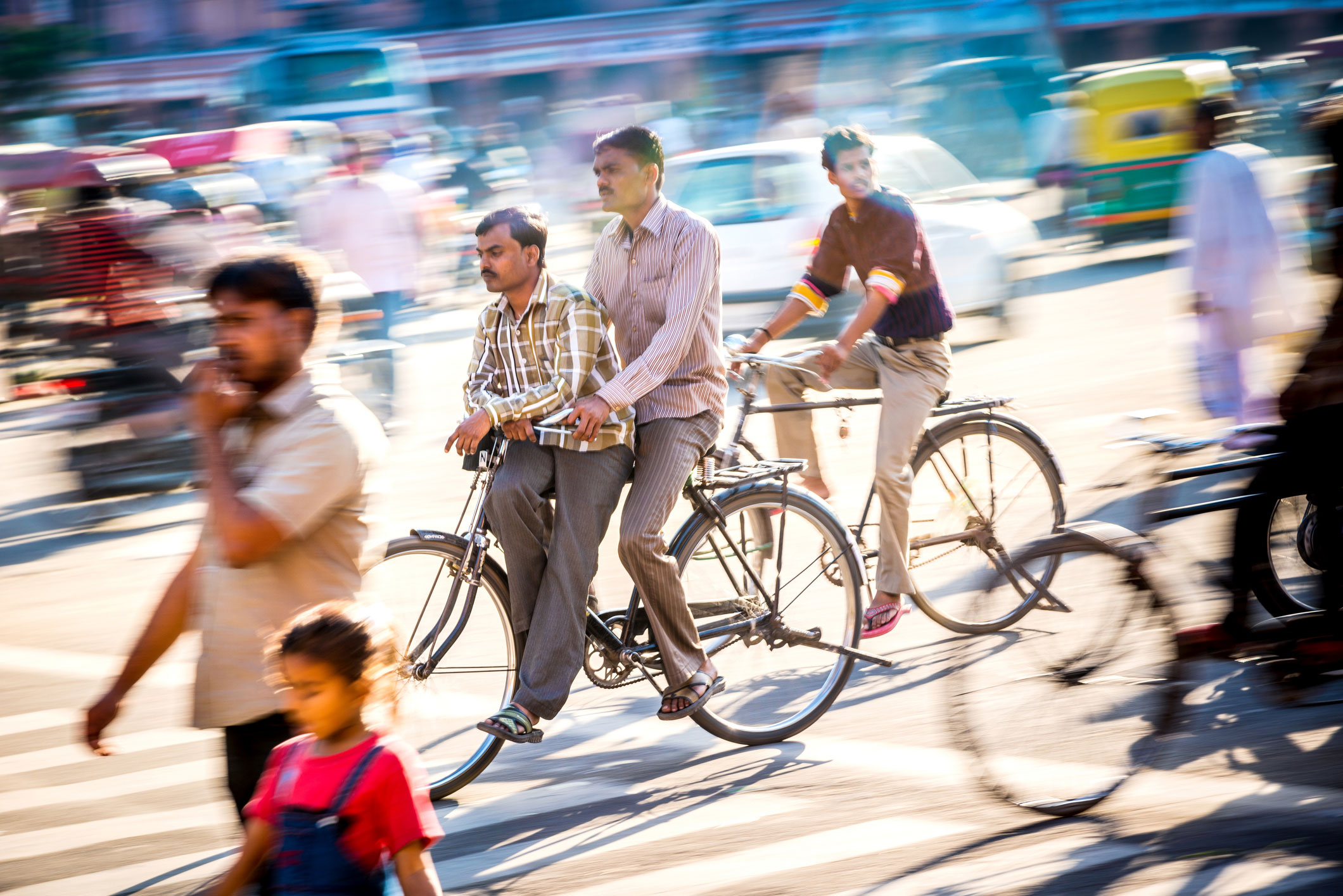Promoting walking, cycling and other forms of active mobility
Walking, cycling and other forms of mobility involving the use of wheels such as wheelchairs, scooters and skates are simple, cost-effective ways of being active for transport and recreation. Walking is accessible and generally low cost or free. Cycling is among the most efficient and sustainable means of transportation. Wheels can provide access and enjoyment for more people. Active mobility in all its forms has economic, social, environmental and health benefits. However, not all people have access to safe environments for walking, cycling and wheel-based mobility.
WHO supports countries to retain, promote and enable everyone to walk, cycle and roll by:
- working across departments in WHO, with other United Nations Agencies, such as UN-Habitat and UN Environment Programme (UNEP), and with stakeholders to develop recommendations, guidance, evidence and case studies on how to provide for and promote walking and cycling;
- supporting WHO Member States to build regulatory and fiscal capacity to across different sectors for developing, adopting, implementing and monitoring policies and campaigns to promote active mobility;
- providing economic analysis to support advocacy;
- monitoring levels of physical activity;
- supporting road safety planning and implementation of road safety; and
- monitoring and reporting on road safety.


